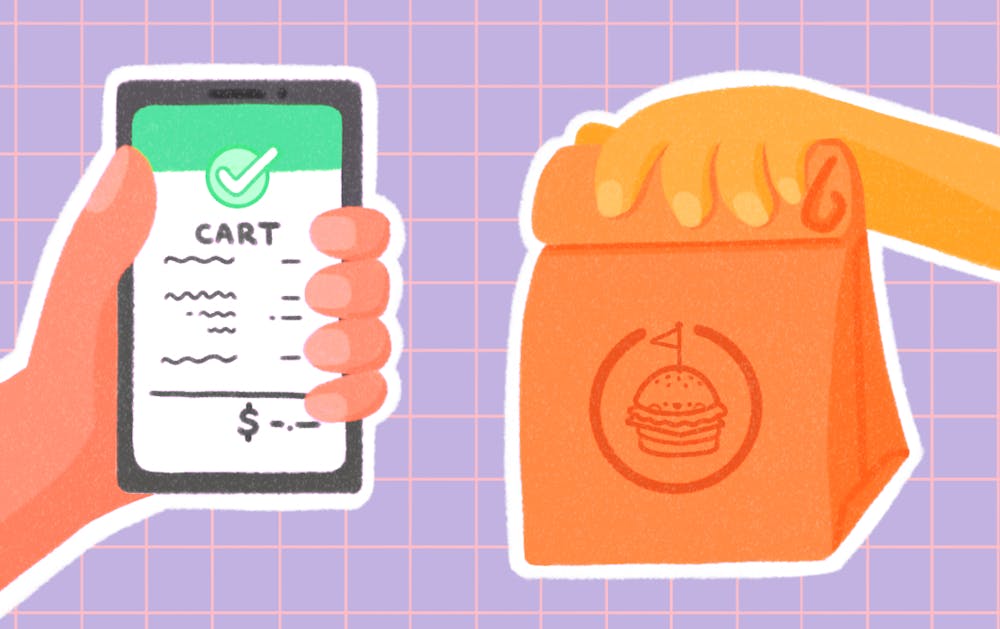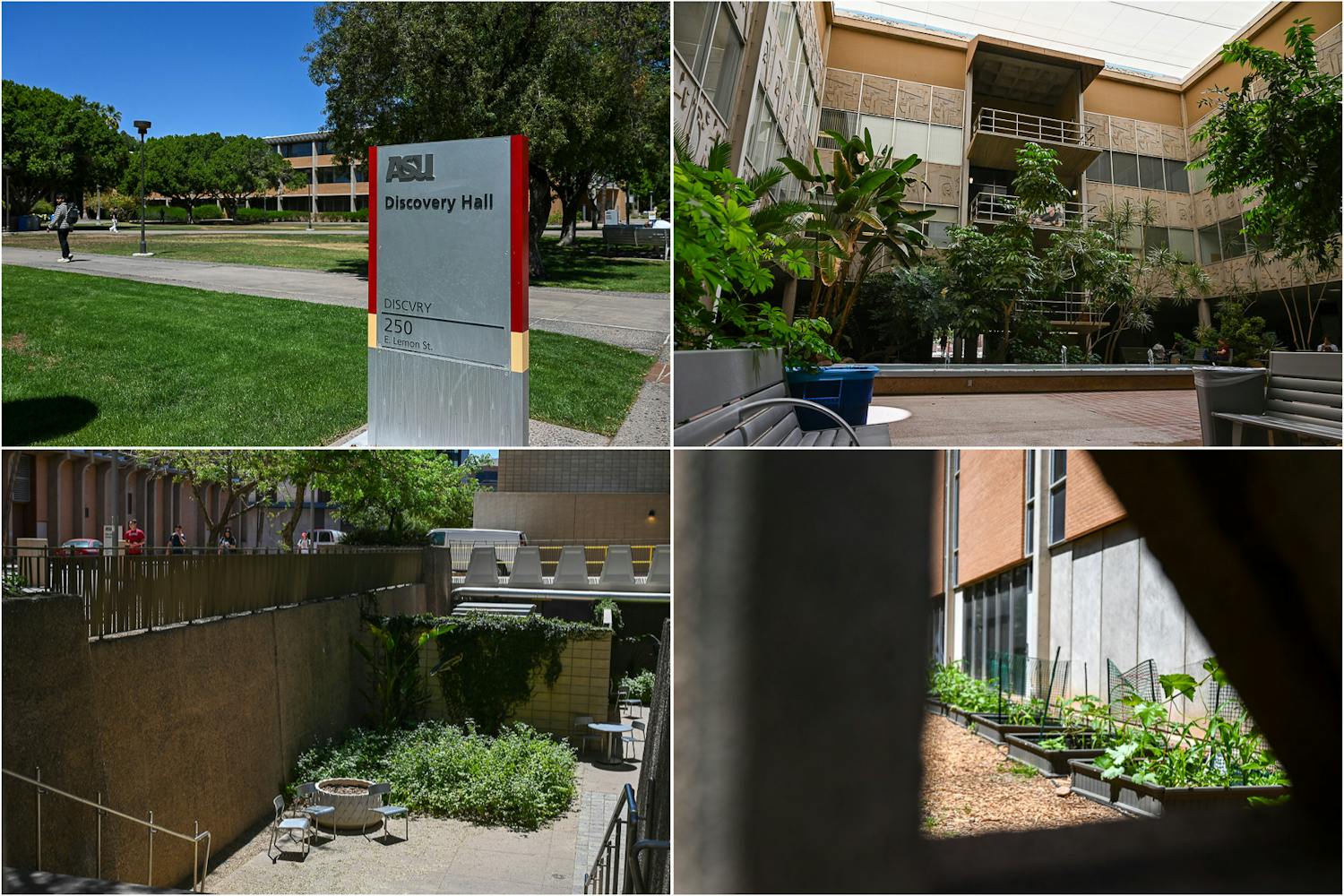Food delivery apps provide restaurants another outlet for marketing and customer outreach, and their relationship with local restaurants during the ever-changing COVID-19 pandemic is evolving.
Delivery services such as Uber Eats, Postmates and DoorDash have seen an unprecedented surge in overall use, increasing by nearly 51% since March, according to an Edison Trends report.
Arizona's stay-at-home order issued in mid-March forced restaurants to close their dining rooms and offer take-out only. Some restaurants relied on delivery services to stay afloat.
These services can be a double-edged sword for local restaurants as they are charged a fee for every order.
On average, restaurants are charged about one-third of the order’s total. As a result, these services can take all or most of the profits on each order.
Eddie Hantas, owner of Hummus Xpress in Tempe, said the services keep about 30% of what is made on each order, essentially erasing any profit.
“Normally on a meal, you’re gonna keep about $2.50 to $3. With Uber Eats, that’s it, you're not making anything,” Hantas said.
Hantas said he'd never focused on building his online presence because he didn't see it as profitable.
“We have always prioritized walk-in orders over online orders,” Hantas said. “This hurt us because our online business wasn’t as strong as other restaurants that also remained open.”
As a result, Hantas hasn't seen a significant increase in online orders since the beginning of the pandemic, although he has seen overall business increase. While Hantas is not making much from these orders, they are beneficial for inventory.
“You’re moving your product, so it's not sitting there getting older,” Hantas said. “When you cook from scratch like us, you have to sell, it won’t last a few days.”
Hantas has been using these services since he opened his restaurant in 2013, but he’s managed to keep his business open during the pandemic with little help from them. Hantas said the University's reopening has boosted his sales.
“We’ve seen a surge in parents bringing their kids over the past few months because the fall semester just started,” Hantas said.
Hantas is working on establishing his own online ordering service, and he's confident his most loyal customers would choose an in-house ordering system over a third-party one.
“All the best restaurants have their own ordering systems because no one wants to pay 30%, it’s a lot,” Hantas said. “They keep your profit, it’s like you’re working for free.”
Luis Roldan, the owner of Simon’s Hot Dogs in Old Town Scottsdale, said these services were important to his business even before the pandemic.
“They help a lot,” Roldan said. “Many of our customers don’t have time to drive here and get their order, that’s the reason they use it.”
The restaurant’s take-out orders consist of both third-party services and an online ordering system through the restaurant’s website. Roldan said, however, these to-go orders alone would not be enough to sustain the business.
Aside from the high costs DoorDash and Postmates charge, Roldan also has concerns about customer satisfaction.
“When we receive an order, it takes about 10 to 15 minutes to be ready,” Roldan said. “Sometimes it is difficult for them to find someone to come pick up the order and take it to the customer.”
According to Roldan, some orders wait for up to an hour before being picked up, causing either a dissatisfied customer or the restaurant to remake the order completely.
To Roldan, this defeats the purpose of a third-party service if managers must directly communicate with customers that delays may not be the restaurant’s fault.
Nonetheless, many businesses owners view these services as a necessity to stay successful. Thuong Huynh, owner of Vietshack in Tempe, said he relied heavily on the services immediately after the stay-at-home order.
The Tempe restaurant was under a year old before the order was issued. Huynh said in an email profits were cut by more than half after the stay-at-home orders were initiated.
The restaurant’s profits have been steadily improving, but Huynh still relies on delivery services for anywhere from 10 to 30% of his sales.
“This definitely has a big impact on our margins, but at the end of the day, it is a question of (whether we) make zero dollars on a potentially lost order or a slight profit using the delivery services,” Huynh said. “We also found that using these services is a good form of advertising, as repeat customers also tend to come in and see for themselves what our little restaurant is about.”
Reach the reporter at mbortega@asu.edu and follow @Marixortega on Twitter.
Like The State Press on Facebook and follow @statepress on Twitter.




